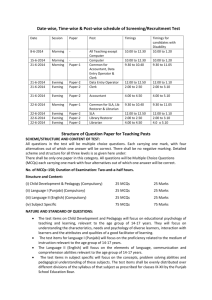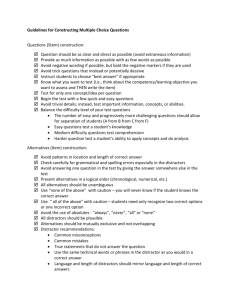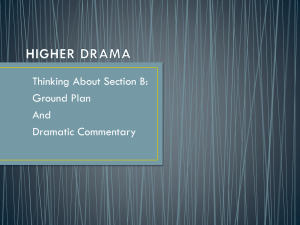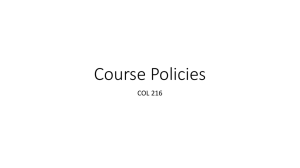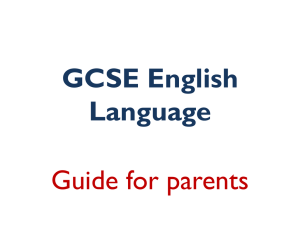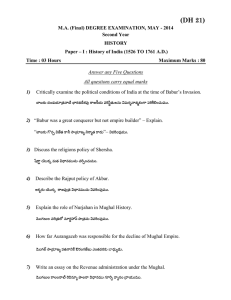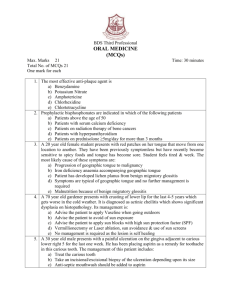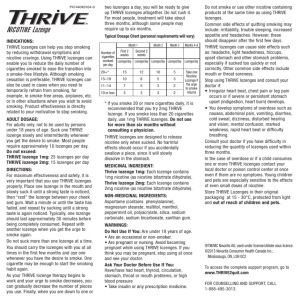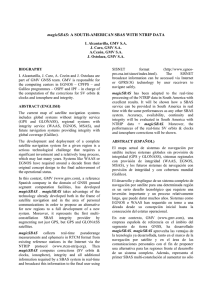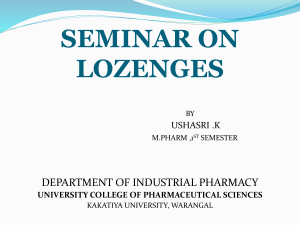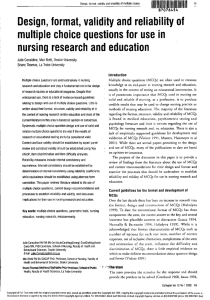Part 1 MRCOG
advertisement
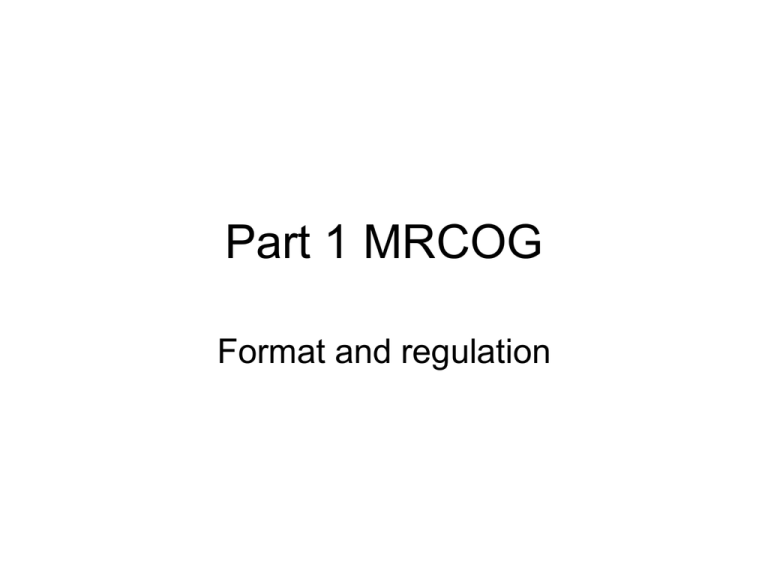
Part 1 MRCOG Format and regulation • The written examination consists of two question formats: • single best answer questions (SBAs), described below • true / false multiple choice questions (MCQs), described below • The examination consists of two written papers. The time allowed to fully complete each paper is two hours and thirty minutes (five hours examining time in total). The marking split and distribution of questions are also outlined below. • • • • • • Paper 1: 60 SBAs; 30 5-part MCQs SBAs = 150 marks MCQs = 150 marks Paper 2: 60 SBAs; 30 5-part MCQs SBAs = 150 marks MCQs = 150 marks The SBA section • The answer sheet is numbered 1-60 and against each number there are five lozenges labelled from A to E. Each question in the question booklet will consist of an option list (lettered to reflect the answer sheet), a lead-in statement (which tells you clearly what to do), and then a list of one to five questions (each numbered, again to match the answer sheet). Indicate your judgment of each particular question by boldly blacking out the letter that corresponds to the single best answer in the option list. Candidates may mark their responses in the question book and then transfer these to the answer sheet. Please be aware that this will take longer, and all transfers must be done fully within the time allowed for the examination. • The most important element of the format is that you must select the single answer that best fits. You may feel that there are several possible answers, but you must choose only the most likely one from the option list. Specimen answer sheet: • Marking: Incorrect answers are not penalised. It is in your best interests to ensure for each of the 60 answers, one lozenge is filled in by the end of the examination. If you mark two or more boxes on the same question, no mark will be awarded, even if one of the answers you choose is the correct one. Please ensure that any mistakes are clearly and fully erased. • Each correct SBA answer will be worth the same number of marks as 2½ individual correct MCQ answers. Time management is candidate’s responsibility, but we recommend spending approximately 75 minutes on the EMQs and 75 minutes on the MCQs. • Question 1: • A 24-year-old woman has a miscarriage at 9 weeks’ gestation. The next day she has a full blood count done and the results are tabulated below. Her blood pressure is 84/40 and pulse 95 beats per minute. • • • • • Which management option is most appropriate? A. Blood transfusion with 2 units of blood B. Colloid infusion C. Iron tablets 200 mg daily for one month D. Iron tablets 200-300 mg 2-3 daily for two months • E. Parenteral iron infusion • Answer: A • Question 2: • A 24-year-old presents at 27 weeks into her second pregnancy feeling unwell, with backache, fever and rigors. She has a temperature of 39.5°C. Urinalysis shows leucocytes and protein +++. Her blood pressure is 80/50. Which action is most appropriate? • A. Admit to ICU/HDU for intravenous antibiotics and supportive care • B. Arrange ultrasound of renal tract • C. Commence 7-day course of oral antibiotics • D. Give intramuscular steroids to promote fetal lung maturity • E. Make referral for physicians to review • Answer: A • Question 3: • Where in the body is angiotensin 1 converted to angiotensin II under the influence of angiontensin-converting enzyme? • • • • • • A. Adrenal cortex B. Blood vessel wall C. Kidney D. Liver E. Lung Answer: E • Question 4: • Which chromosome contains the gene that codes for the alpha globin chain (a constituent component of Haemoglobin)? • • • • • • A. Chromosome 5 B. Chromosome 11 C. Chromosome 16 D. Chromosome 18 E. Chromosome 21 Answer: C • Question 5: • Regarding CTG analysis, what is the accepted normal range for variability? • • • • • • A. 1-5 beats per minute B. 1-15 beats per minute C. 5-15 beats per minute D. 10-20 beats per minute E. Greater than 15 beats per minute Answer: C • The MCQ section • Answering the questions: The answer sheet is numbered 61 to 90 and each question number has five components, lettered A to E. Against each letter there are two lozenges labelled T (= True) and F (= False). Indicate your judgment of each particular question by boldly blacking out either the T or F lozenge. Candidates may mark their responses in the question book and then transfer these to the answer sheet. Please be aware that this will take longer and all transfers must be done fully within the time allowed for the examination. • The pudendal nerve A. derives its fibres from the second, third and fourth sacral segments B. runs between the pyriformis and coccygeus muscles before leaving the pelvis C. has the pudendal artery on its medial side as it lies of the ischial spine D. gives off the inferior haemorrhoidal (rectal) nerve in the pudendal canal D. innervates the clitoris • Answers A, B, D and E are ‘True’, answer C is ‘False’. Your answer sheet relating to these questions would look like this • Marking: Each answer correctly answered (i.e. a true statement indicated as T or a false statement indicated as F) is awarded one mark (+1). For each incorrect answer no mark (0) is awarded. All questions must be answered T or F. If both lozenges or neither lozenge is marked no mark (0) is awarded. Please ensure that any mistakes are clearly and fully erased. Incorrect answers are not penalised. It is in your best interests to ensure for each of the answers, one lozenge is filled in by the end of the examination. • Division of marks • For each of the two papers, marks will be evenly distributed between the SBA and EMQ components of that paper, and each paper will contribute the same proportion of marks to the overall total:



